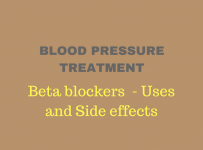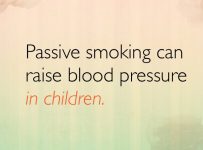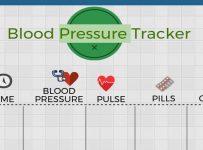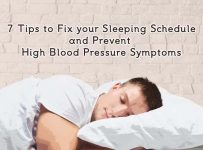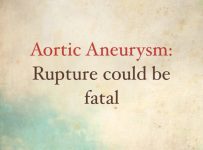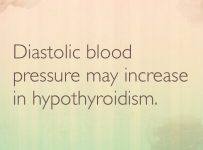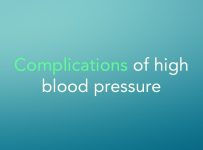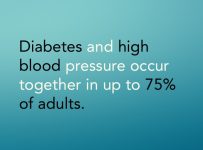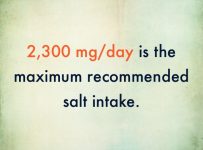You’ve just finished your workout and you think that you deserve some more happiness apart from that emanating from endogenous endorphins already released by the end of your strenuous exercise set. And the deal is not about some healthy granola bars or a low-fat multi vitamin smoothie which would not pose a problem to think about, but some naughty donuts, ice cream or a burger.The good news is that human physiology comes to an alliance, rewarding your long term consistency to exercise by introducing you to the benefits of the so called afterburn effect or excess post-exercise oxygen consumption (EPOC). This stands for your body’s ability to burn calories long after you’re done with working out.
Intuitively it seems unreasonable because most people use to think of the human organism much like a fuel vehicle. However, our body exchanges everything with calories. Respiratory function, sleep, and digestion is fulfilled through consumption of energy. What you should know is that the consumption of energy for every activity increases after completion of your workout, boosting your basal metabolic rate by more than 30%. This effect persists for hours after exercise and is related to the level of your commitment to fitness and not to the type of training you opted for. In other words, although endurance exercise helps you burn more calories than the equal time of anaerobic exercise (like power lifting for example), at the end of the session the after-burn effect will be the same. What will make the difference in the amount of EPOC is the duration and more important the intensity of aerobic workouts. It turns out that Intermittent High-Intensity Interval Training (HIIT) is a good way to achieve a greater post exercise oxygen consumption than steady state aerobic exercise. Although moderate to low-intensity exercise results in a considerable EPOC it will not result in the same body mass loss and energy expenditure.

But is it what it claims to be?
Before you put your running shoes on and prepare a full fat dinner for afterward, you should be aware of some important details about post-workout energy turnover i.e the afterburn effect. When you exercise, every cell in your body does some extra work on what it is specialized to do. Endocrine cells, cardiac cells, lung cells are all engaged to keep pace with the increased demands of your organism during intense activity. The bad news is that the afterburn calorie expenditure constitutes a relatively small fraction of the energy used in the course of every workout, which is actually less than 15% of the total number of calories burnt. That occurs because the EPOC effect takes place as a “by product” of cell restoration process which is in fact, an energy consuming process. For instance, if you consumed 400 calories during active exercise you may expect an afterburn effect of 60 calories, over the next couple of hours. Although this number may not look like a big deal, exercising 3-4 times per week will act cumulatively to keep your metabolic rate to its uppermost levels.
It all comes down to science
A better understanding of which is the state of the EPOC process will help you to set a more efficient fitness program, that will match your expectations. The number of calories is one part of the issue. The other and perhaps the most important is the source of energy. That is the type of substrate and the timing that is consumed after exercise. Keep in mind that energy restoration inside cells is a multi factorial process, not a single number. Much work has to be done to overcome fatigue in the first place.
Fatigue is the result of glycogen depletion, not lactic acid accumulation as previously claimed. Therefore, glycogen content must be rapidly rebuilt inside muscle cells, for being able to handle the demands of high endurance exercise. The other battle is about protein synthesis rate, which has to be as fast as possible because it is the major structural component of the body. Proteins are made up from amino acids. Not all types of amino acids can rush quickly to make a protein, but mostly the branched chain ones, and as research supports, they should be preferably used after a workout session.
How to enhance the afterburn effect
Stop alcohol
Alcohol ingestion has been found to impair EPOC because it hinders protein turnover of muscle cells.
Protein and carbohydrate combination straight after workouts.
Immediate protein and carbohydrate consumption after a workout: Ingestion of protein in combination with carbohydrates during the two first hours after endurance exercise results in a better and faster recovery as compared to the intake of carbohydrate only. Dietary intake of branched chain amino acids after exercise reduces the loss of amino acids from muscles and therefore reduces muscle protein waste. Carbohydrate ingestion is beneficial because it increases muscle glycogen stores, reducing in this way protein degradation.
High-Intensity Interval Training (HIIT)
HIIT is a workout method in that provides the same benefits as a 45-minute workout, in as little as 10 minutes. In other words, you push yourself to your limit and then get into an active rest period.
Mix weight lifting with aerobic exercise
This is a good method to make your cardio workouts more effective. Increasing your muscle mass will consequently increase the energy demands of your body, which is translated as faster metabolic rate. If your metabolism is pushed to work harder, you will burn fat faster.
Read more: Exercise And High Blood Pressure

